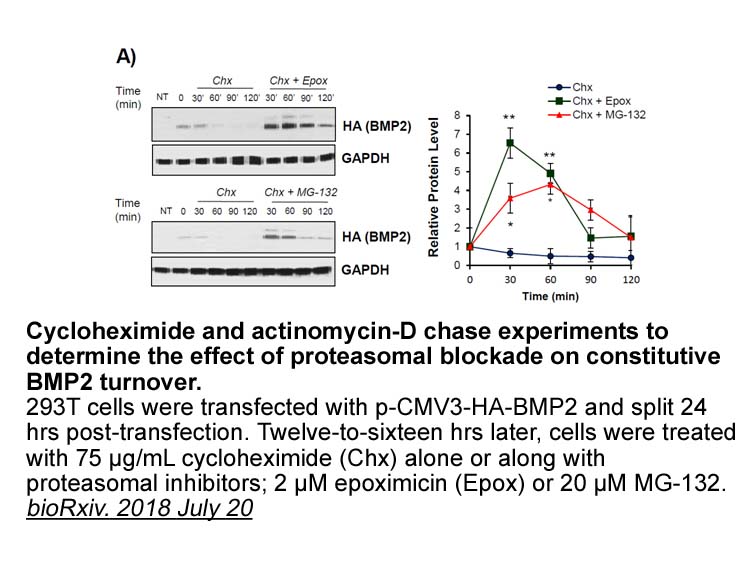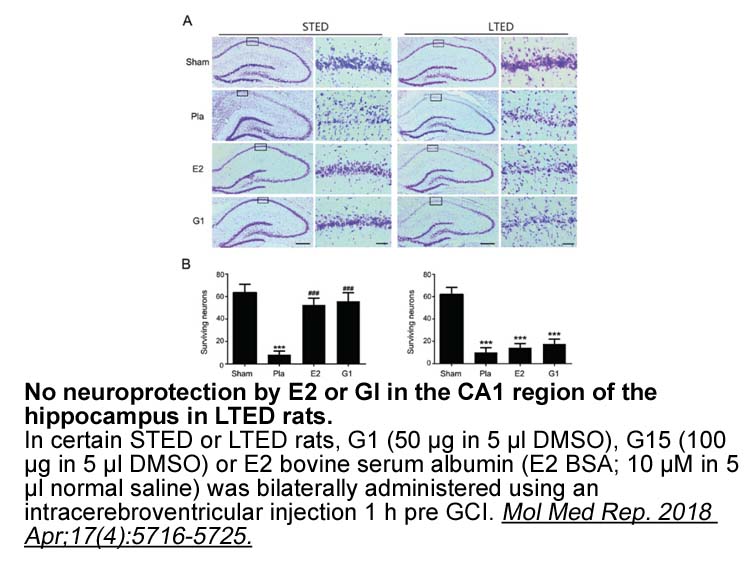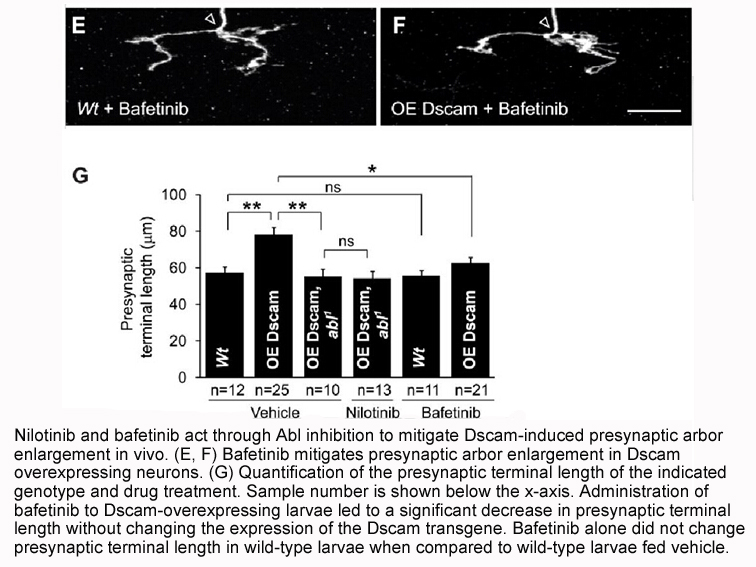Archives
- 2025-11
- 2025-10
- 2023-07
- 2023-06
- 2023-05
- 2023-04
- 2023-03
- 2023-02
- 2023-01
- 2022-12
- 2022-11
- 2022-10
- 2022-09
- 2022-08
- 2022-07
- 2022-06
- 2022-05
- 2022-04
- 2022-03
- 2022-02
- 2022-01
- 2021-12
- 2021-11
- 2021-10
- 2021-09
- 2021-08
- 2021-07
- 2021-06
- 2021-05
- 2021-04
- 2021-03
- 2021-02
- 2021-01
- 2020-12
- 2020-11
- 2020-10
- 2020-09
- 2020-08
- 2020-07
- 2020-06
- 2020-05
- 2020-04
- 2020-03
- 2020-02
- 2020-01
- 2019-12
- 2019-11
- 2019-10
- 2019-09
- 2019-08
- 2019-07
- 2019-06
- 2019-05
- 2018-07
-
Selective FGFR Inhibition with BGJ398 (NVP-BGJ398): Strat...
2025-10-22
This thought-leadership article explores how BGJ398 (NVP-BGJ398), a highly selective FGFR1/2/3 inhibitor, empowers translational researchers to dissect complex FGFR signaling in cancer and developmental biology. Integrating recent mechanistic evidence, competitive positioning, and actionable guidance, it charts a visionary roadmap for FGFR-driven malignancy research and innovative applications beyond conventional oncology paradigms.
-
Applied Strategies with BGJ398: Selective FGFR Inhibitor ...
2025-10-21
BGJ398 (NVP-BGJ398) empowers researchers to dissect FGFR-driven malignancies with unprecedented selectivity, enabling precise modulation of receptor tyrosine kinase signaling in oncology and developmental biology. This guide details optimized workflows, comparative insights, and troubleshooting strategies for leveraging this small molecule FGFR inhibitor in cutting-edge cancer research.
-
SU 5402: Mechanistic Insights and Novel Strategies in FGF...
2025-10-20
Explore SU 5402, a potent receptor tyrosine kinase inhibitor, and its unique role in dissecting FGFR3 signaling pathways, multiple myeloma research, and HSV-1 latent infection models. This in-depth analysis reveals applications and mechanistic insights beyond conventional oncology, advancing both cancer biology and neurovirology.
-
SU 5402: A Cutting-Edge Receptor Tyrosine Kinase Inhibito...
2025-10-19
SU 5402 stands out as a potent, multi-targeted VEGFR2/FGFR/PDGFR/EGFR inhibitor, empowering researchers to dissect signaling pathways in cancer biology and neuronal models. This guide delivers a step-by-step workflow, advanced use-cases including cell cycle arrest and apoptosis assays, and troubleshooting strategies to maximize experimental clarity.
-
SU 5402: Advanced Insights in Receptor Tyrosine Kinase In...
2025-10-18
Explore how SU 5402, a potent VEGFR2/FGFR/PDGFR/EGFR inhibitor, enables innovative research on FGFR3 phosphorylation, cell cycle arrest, and apoptosis in cancer and viral latency models. This in-depth guide uniquely connects mechanistic detail with translational applications, setting it apart from existing resources.
-
Wortmannin: The Benchmark Selective and Irreversible PI3K...
2025-10-17
Wortmannin stands out as a selective and irreversible PI3K inhibitor, empowering researchers to dissect PI3K/Akt/mTOR signaling with precision. Its unique dual action and robust experimental reliability make it indispensable for cancer research, autophagy inhibition, and advanced disease models. Discover how Wortmannin streamlines workflows, elevates data quality, and addresses common troubleshooting hurdles.
-
NHS-Biotin: Precision Protein Labeling for Multimeric Eng...
2025-10-16
NHS-Biotin stands out as an amine-reactive biotinylation reagent optimized for membrane-permeable, stable, and site-specific protein labeling—crucial for advanced multimeric and multispecific protein assembly. This article provides a bench-focused guide to experimental workflows, troubleshooting, and unique advantages of NHS-Biotin in intracellular labeling and protein engineering.
-
By promoting bundling and processive
2023-07-06

By promoting bundling and processive elongation of Cefepime Dihydrochloride Monohydrate mg filaments and inhibiting association of capping protein with filament barbed ends, Ena/VASP family proteins contribute to the dynamics of lamellipodia and filopodia [41] and maintenance of focal adhesions and
-
Altogether the situations described above clearly impede the
2023-07-06

Altogether, the situations described above clearly impede the critical steps of drug discovery and development and the scientific process in general [14]. In conclusion, it is the opinion of these authors that many exciting lines of drug discovery (which includes those devoted to nAChR ligands) have
-
13148 br Dihydrotestosterone in adult fish and frogs br
2023-07-06

Dihydrotestosterone in adult fish and frogs New perspectives and next directions Similar to other androgens, DHT can modulate reproductive endpoints in both fish and amphibians. However, predicting the effects of DHT can be challenging, as reproductive homeostasis is dependent upon the balance
-
While the direct effects of ARI lead
2023-07-06

While the direct effects of 5-ARI lead to a dramatic LY2940680 in serum DHT levels, other laboratory values are also affected by 5-ARI use. Serum testosterone elevations are known to occur with both finasteride and dutasteride use, but values will typically remain within the normal laboratory range
-
Introduction Cancer which is responsible for a million death
2023-07-06

Introduction Cancer, which is responsible for a million deaths each year, is universally feared, and approximately 50% of newly diagnosed cases can be cured [1]. The existing cancer treatments, including surgery, chemotherapy, radiotherapy or a combination of them, are quickly losing efficacy. The
-
br The embryological and physiological roles of ATX
2023-07-06

The embryological and physiological roles of ATX ATX is a vital enzyme that is needed for early embryological development. ATX knockout (KO) (ENPP2−/−) embryos die in utero on average at day 9.5 with vascular and neural tube defects [30], [73], [74], [75]. In these mice, malformations in the alla
-
Several approved and or experimental drugs together with
2023-07-05

Several approved and/or experimental drugs, together with natural compounds, have been reported to induce autophagy in different cancer types [70], [71], [72] (Table 1). In the next paragraphs, we will review more in detail a group of these agents selected in relation to their promising future outco
-
Placental cells also express P aromatase CYP
2023-07-05

Placental cells also express P450 aromatase (CYP19A1, encoded by CYP19A1). In the placenta, this enzyme requires an external source of androgens, provided by the adrenal gland of the fetus, to form estrogen. The fetal adrenal gland produces dehydroepiandrosterone (DHEA) [9] and, in the placenta, it